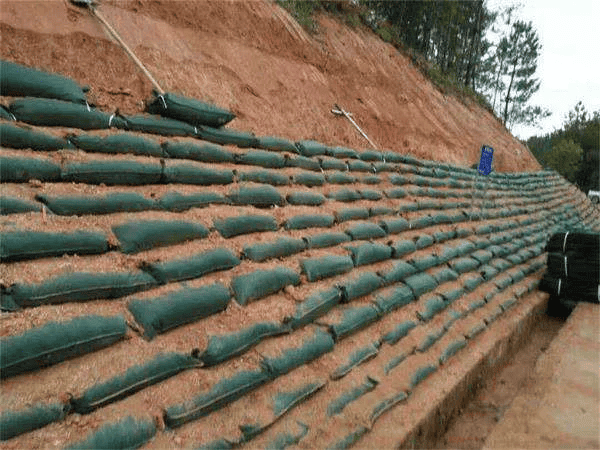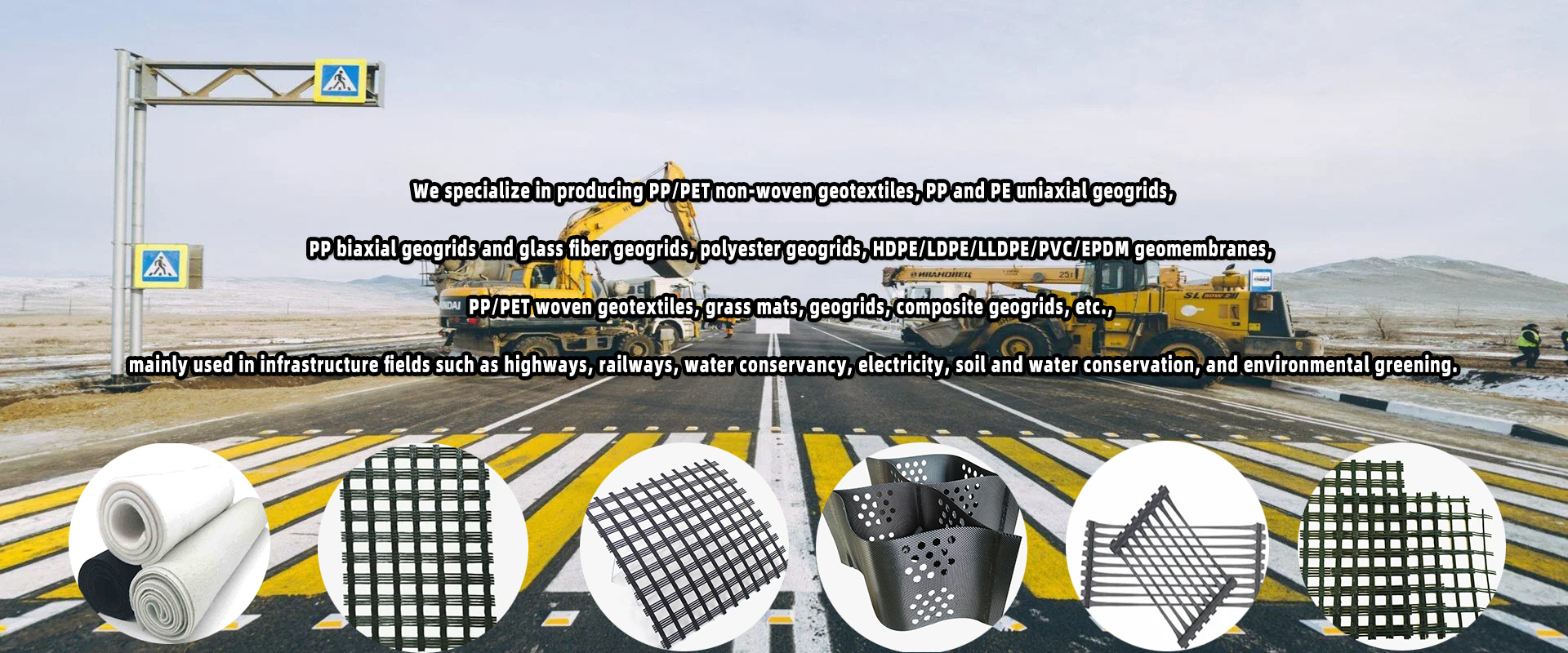5 Reasons Why Geobags Are One of Best Choices of Environmental Protection
Release time:
2025-01-23
In recent years, as environmental concerns have taken center stage, innovative solutions have emerged to address various ecological challenges. One such remarkable innovation is the geobag, which has been making waves in the fields of erosion control, slope stabilization, and sustainable land development.
What are Geobags?
Geobags, also known as geo - bags or geotextile bags, are large, flexible containers made from durable geotextile materials. These materials are designed to be permeable, allowing water to pass through while retaining soil and other fill materials.

Key Features and Benefits of Geobags
Erosion Control and Water Conservation
They are highly effective in preventing soil erosion, making them a go - to solution for maintaining soil integrity. Along riverbanks, coastlines, and construction sites, when filled with appropriate materials like sand, gravel, or soil, they can be strategically placed to form barriers. These barriers slow down the flow of water, reducing its erosive force. In flood - prone areas, they can be arranged in a row to create a temporary levee. This not only protects the land from being washed away but also safeguards nearby properties and infrastructure. Moreover, by preventing soil erosion, geobags play a crucial role in water conservation. With stable soil, water infiltration is improved, reducing runoff and helping to maintain groundwater levels.
Slope Stabilization and Bank Protection
They are perfectly suited for slope protection. On steep slopes, which are often at risk of landslides, especially during heavy rainfall or seismic activity, they filled with compacted materials can be stacked to increase slope stability. They offer additional weight and support, firmly preventing the soil from sliding. The geotextile material of the bags further reinforces the soil structure. This application is highly relevant in areas with hilly terrains, such as mountainous regions or areas where roads are built on slopes.
When it comes to flood prevention, they are invaluable. They can be used to stabilize riverbanks and coastal areas, protecting against the erosive forces of flowing water and tides. In flood situations, they can be quickly deployed to form emergency flood barriers, effectively holding back floodwaters and safeguarding surrounding areas.

Durability: Resistance to UV and Aging
One of the outstanding features of geobags is their resistance to ultraviolet (UV) rays and aging. The geotextile materials used in their construction are engineered to withstand the degrading effects of long - term UV exposure. This is particularly important in outdoor applications where the bags are constantly exposed to sunlight. Whether it's on an open slope or a coastal area, geobags maintain their structural integrity over extended periods. Their resistance to aging also means they can serve their purpose effectively for years without significant degradation, reducing the need for frequent replacements. This durability factor not only saves costs in the long run but also ensures the continuous effectiveness of erosion control and slope stabilization projects.
Cost - Effectiveness
Compared to traditional construction materials and methods for erosion control and slope stabilization, geobags offer significant cost savings. They are relatively inexpensive to produce and transport. Moreover, their installation is often quicker and requires less heavy machinery compared to some conventional methods. This cost - effectiveness makes geobags an attractive option for a wide range of projects, from government - funded infrastructure projects to private environmental initiatives.
Applications in Different Industries
Construction Industry
In the construction industry, geobags are widely used during site preparation. They can be used to create temporary sediment barriers, preventing soil and sediment from entering water bodies during construction activities. This helps construction companies comply with environmental regulations. Additionally, in the construction of roads and railways in areas with unstable soil conditions, geobags can be used to improve the stability of the subgrade.
Environmental Restoration
Geobags are also extensively used in environmental restoration projects. For example, in wetland restoration, geobags filled with suitable soil and plant materials can be used to create artificial islands or peninsulas. These structures provide habitats for wildlife and help to improve water quality. In areas where native vegetation has been damaged, geobags can be used to hold soil in place while new plants are being established.
Future Outlook
As the world continues to focus on sustainable development and environmental protection, the demand for geobags is expected to grow. With ongoing research and development, we can anticipate even more advanced geobag materials and innovative applications. For example, there may be the development of geobags that are more biodegradable or have enhanced strength properties. The use of geobags in combination with new technologies, such as smart sensors to monitor slope stability or erosion levels, could also become more prevalent.
In conclusion, geobags are an innovative and practical solution that offers numerous benefits for environmental protection, construction, and land development. Their ability to control erosion, stabilize slopes, conserve water, and provide cost - effective and durable solutions makes them a valuable asset in today's world. Whether you are a civil engineer, an environmentalist, or a property owner looking for sustainable solutions, geobags are definitely worth considering.
Do you want to know more information? Click here to learn more




